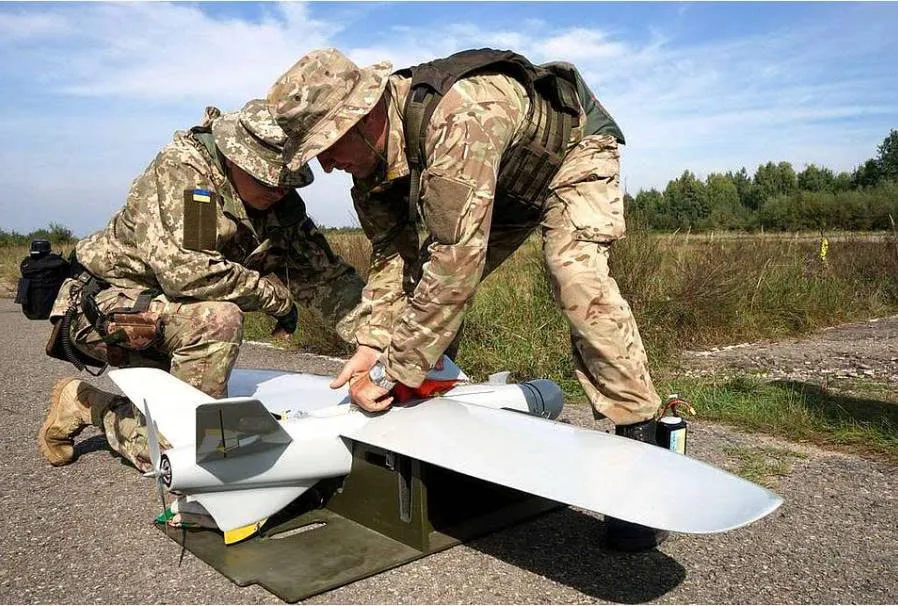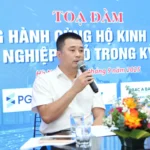In the context of Russia adjusting tactics and expanding presence around multiple areas, Ukraine is accelerating reforms to adapt to the fast-changing pace of the battlefield.
As winter approaches and Russian forces adjust their tactics, the Ukrainian military focuses on enhancing technological innovation, particularly the use of unmanned aerial vehicles on the front lines.
This is considered a crucial requirement in the context of the prolonged Russia-Ukraine conflict.
Russia still maintains an advantage in troop numbers after nearly four years of fighting, but the ability to use drones across multiple areas has become more balanced. The late autumn and early winter period typically creates difficulties for both sides due to rain making the ground muddy and limiting mobility. When temperatures drop significantly and the ground freezes, movement becomes more favorable.

Preventing enemy forces from approaching by road is a task that requires special attention. Increasing defense density helps hinder offensive thrusts and reduces the risk of deep enemy penetration. “When we don’t let them get close, we maintain more initiative,” it was stated.
Since February 2022, when Russia launched its special military operation in Ukraine, fighting has continued along a front line exceeding 1,200 km. Russia claims to control approximately 19% of Ukrainian territory. In this context, the development of unmanned aerial vehicles has significantly changed combat methods, as any ground movement risks immediate detection.
Combat experience was gained in Bakhmut in Eastern Ukraine before the area fell to Russian forces in mid-2023 after months of intense fighting. The units currently being commanded are defending Pokrovsk, another strategic area in the Eastern region where Russian forces are applying new approaches.
Russian forces are dividing into smaller formations, approaching from multiple directions, and using drones to identify targets. Within a short time, they have established presence at multiple points around the city, creating significant pressure on Ukrainian defense lines. Facing this deployment, Ukrainian units must adjust coordination methods between drone operation groups near the front lines and support groups in the rear. “The system needs clear hierarchy so each unit performs its specific tasks correctly,” it was explained.
Appointed in 2023, priority was given to expanding both the quantity and variety of drones for subordinate units, while improving training quality for new recruits. Soldiers who have served for extended periods during the conflict also require appropriate support to maintain endurance and combat capability.
The characteristics of modern warfare demand continuous changes in operational methods and force organization. The National Guard is nearly complete in transitioning from brigade structure to corps structure, allowing improved command effectiveness and coordination. Currently, direct command is maintained over the Azov and Khartia corps, units with extensive experience across various battlefield directions.
The ongoing reforms also create opportunities for young commanders with practical experience. They are described as decisive, proactive, and ready to adopt new combat methods. “They want to create change and always strive to perfect their missions,” it was noted.
On November 16, Greece and Ukraine reached an agreement to ensure the transportation of US liquefied natural gas (LNG) to Ukraine from December 2025 through March 2026.
US President Donald Trump has asserted that European NATO members should bear the primary responsibility for supporting Ukraine.
Ukraine faces the risk of budget exhaustion within the next four months without new financial support, as Europe has not yet reached consensus on plans to use frozen Russian assets to provide funding for Kyiv.






